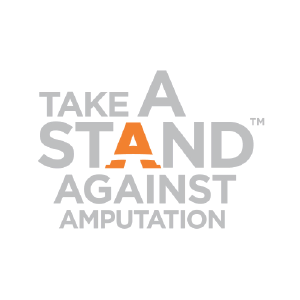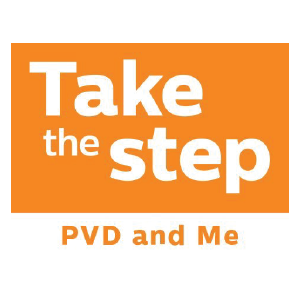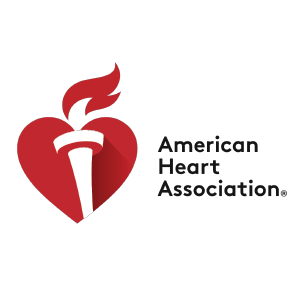Vascular Conditions
Peripheral Arterial Disease (PAD)
What is PAD?
- Peripheral artery disease (also called peripheral arterial disease) is a common circulatory problem in which narrowed arteries reduce blood flow to your limbs. When you develop peripheral artery disease (PAD), your extremities — usually your legs — don’t receive enough blood flow to keep up with demand. This causes symptoms, most notably leg pain when walking (claudication). Peripheral artery disease is also likely to be a sign of a more widespread accumulation of fatty deposits in your arteries (atherosclerosis).
Claudication
- Claudication is pain caused by too little blood flow, usually during exercise. Sometimes called intermittent claudication, this condition generally affects the blood vessels in the legs, but claudication can affect the arms, too.
Diabetic Foot Ulcers (DFU)
- Diabetic foot ulcers are open sores or wounds that are commonly located on the bottom of the foot. Other medical conditions, including peripheral arterial disease and neuropathy, lead to the development and prolonged healing of these ulcers. Diabetics have a 25% lifetime risk of developing a foot ulcer and these ulcers can lead amputations in diabetics.
Arterial/Ischemic Ulcers
- Arterial leg ulcers occur because of poor blood supply to the legs due to a blockage or narrowing of the arteries in the leg (atherosclerosis). Without treatment of the underlying poor arterial blood supply, ulcers take a long time to heal or may never heal, which may lead to amputation.
Peripheral Neuropathy
- Peripheral neuropathy, a result of damage to your peripheral nerves, often causes weakness, numbness and pain, usually in your hands and feet. It can also affect other areas of your body. People with peripheral neuropathy generally describe the pain as stabbing, burning or tingling. In many cases, symptoms improve, especially if caused by a treatable condition. Medications can reduce the pain of peripheral neuropathy.
Venous Insufficiency (VI)
What is VI?
- Venous insufficiency occurs when the leg veins do not allow blood to travel back to the heart from the lower extremities. (Arteries carry blood away from the heart, while veins carry blood to the heart). Problems with valves in the veins can cause the blood to flow in both directions, not just toward the heart. Valves that are not working properly can cause blood in the legs to pool and if left untreated, pain, swelling, and leg ulcers may result.
Varicose Veins
- Varicose veins are gnarled, enlarged veins. Any vein may become varicose, but the veins most commonly affected are those in your legs and feet. That’s because standing and walking upright increases the pressure in the veins of your lower body. For some people, varicose veins can cause aching pain and discomfort. Sometimes varicose veins lead to more-serious problems.
Venous Stasis
- Venous ulcers (also referred to as stasis, insufficiency or varicose ulcers) are the result of malfunctioning valves in the vein, causing pressure in the veins to increase. These typically occur on the lower leg. The resulting high pressure in the vein causes blood to pool when it is not efficiently pumped back towards the heart (venous insufficiency). In addition, the increase in pressure stretches the vein walls, causing the veins to leak and the surrounding tissues to break down.
fax: 770.538.1773
address
5505 Peachtree-Dunwoody Rd.
Suite 370
Atlanta, GA 30342
hours of operation
Monday - Friday: 8:00-4:00
Saturday and Sunday: CLOSED





